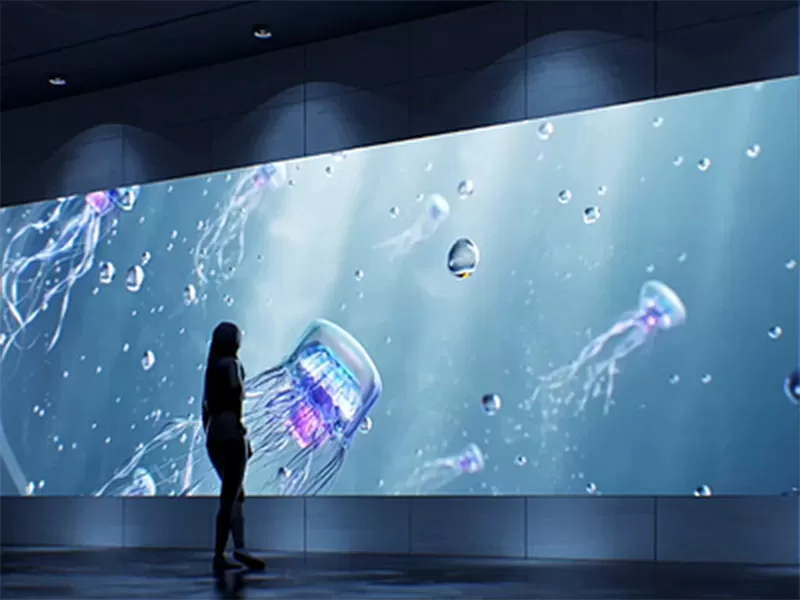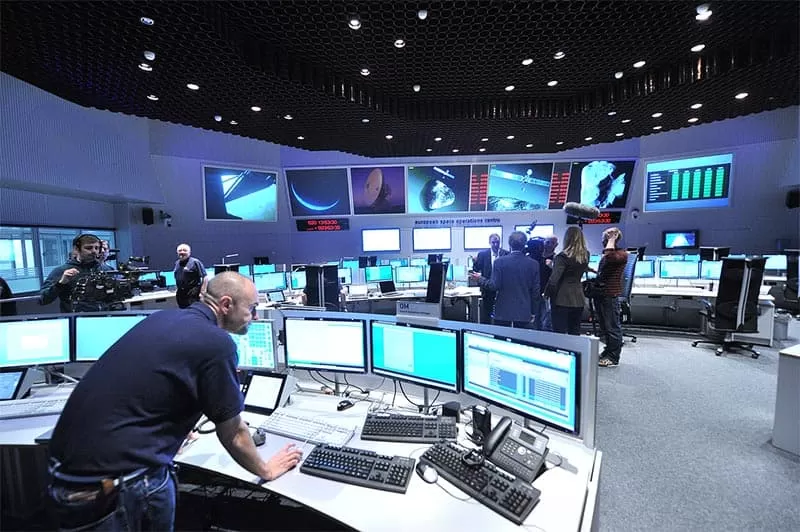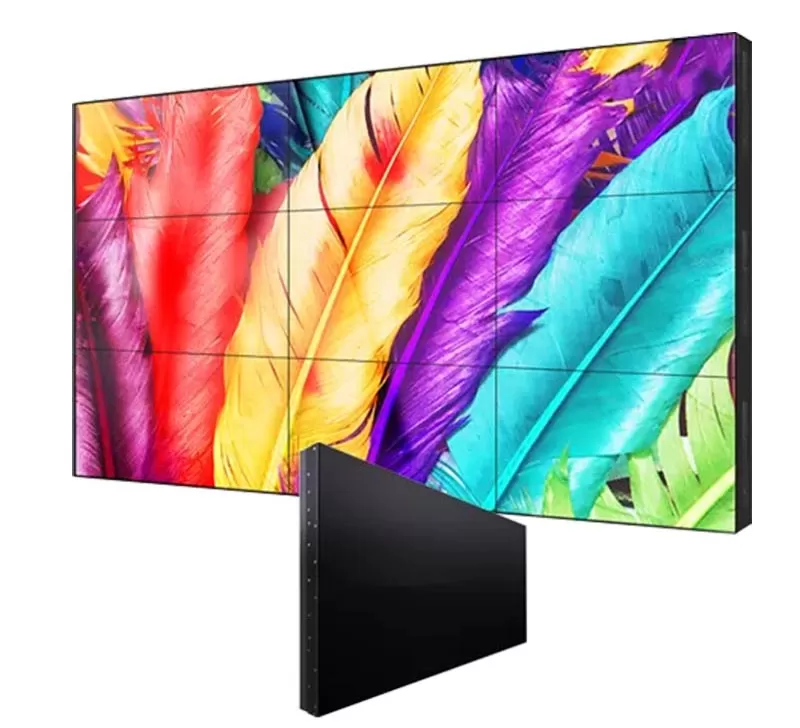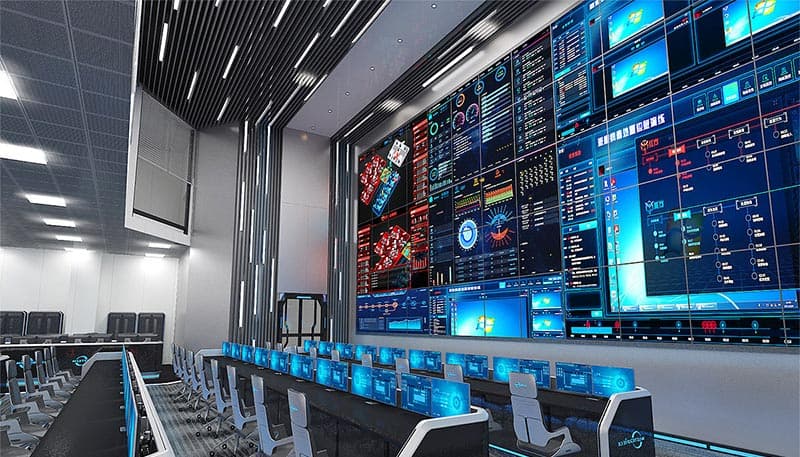
As a network device for forwarding optical and electrical signals, a switch is often used in various networking systems required for enterprise operation.
The switch has multiple ports, each port has a bridging function and can be connected to a local area network or a high-performance server or workstation.
If you need to use a switch in your project, please feel free to contact us and tell us about your project.

What is a cascade connection of switches?
A cascading connection is a common switch connection method that allows multiple switches to be connected to expand the network size and increase the number of ports.
Cascading connections form a link by connecting the ports of one switch to the ports of another switch, and larger networks can be created by cascading multiple switches.

Why do switches need to be cascaded?
Expand network size:
By cascading multiple switches, you can expand the size and capacity of your network.
Each level of switch can provide additional ports, allowing more devices to be connected to the network.
This is useful for large networks that need to connect a large number of computers, servers, or other network devices.

Increase the number of ports:
Cascading connections allow ports from multiple switches to be merged to form a logical port group.
This increases the number of ports available on the network, providing more connectivity options.
This is useful for scenarios where a large number of devices need to be interconnected, such as data centers or enterprise networks.
Logical single network:
Even though switches are cascaded to form links, the entire network is considered a logical unit.
This means that in a cascaded network, data can flow freely between switches and devices can communicate with other devices in the network through any one switch.
Avoid network congestion:
Through cascading connections, network traffic can be dispersed among multiple switches to prevent a single switch from becoming a bottleneck of the network.
This helps improve the performance and reliability of the network and reduces congestion issues caused by high traffic volumes.
Network management and configuration:
In a cascaded network, each switch can be managed and configured independently.
Administrators can configure individual ports, VLAN divisions, and security settings for each switch.
At the same time, certain management protocols (such as the Spanning Tree Protocol) can also be used to ensure that there are no loops in the cascade network and provide redundant paths and fault recovery functions.
Of course, switches cannot be cascaded without limit. Exceeding a certain number may cause some problems and cause serious degradation of network performance.

Things to note when cascading:
When cascading connections, you need to pay attention to the settings of the upstream and downstream ports of the switch and the direction of the optical fiber connection to avoid problems such as loopbacks and network loops.
In short, two fiber optic switches can be connected through a direct connection or cascade connection.
You need to pay attention to the standard length and connection direction of the fiber optic cable.
Has a problem? Looking for help from iSEMC, we have the most professional equipment, including switches, controllers, LCD video walls, and LED video walls, to implement the entire solution for you.
Cascading connection is a common switch connection method that expands the network size and increases the number of ports by connecting multiple switches step by step.
Cascading connections allow the creation of a logically single network and provide good performance, reliability, and network management flexibility.
When designing and configuring a cascaded network, factors such as network topology, bandwidth requirements, security, and management requirements need to be considered to ensure the effective operation of the network and meet specific business needs.

Final thought
Of course, in addition to cascading functions, switches also have POE functions.
Traditional switches can only realize data transmission, while POE switches also support power supply to terminals through network cables.
Relatively speaking, using POE switches reduces a large number of power cord connections. Electricity safety is improved to a certain extent.
This is very important for the video wall industry, as it can expand the network scale avoid network congestion under specific conditions, and ensure that the equipment in the control room can operate stably.



























